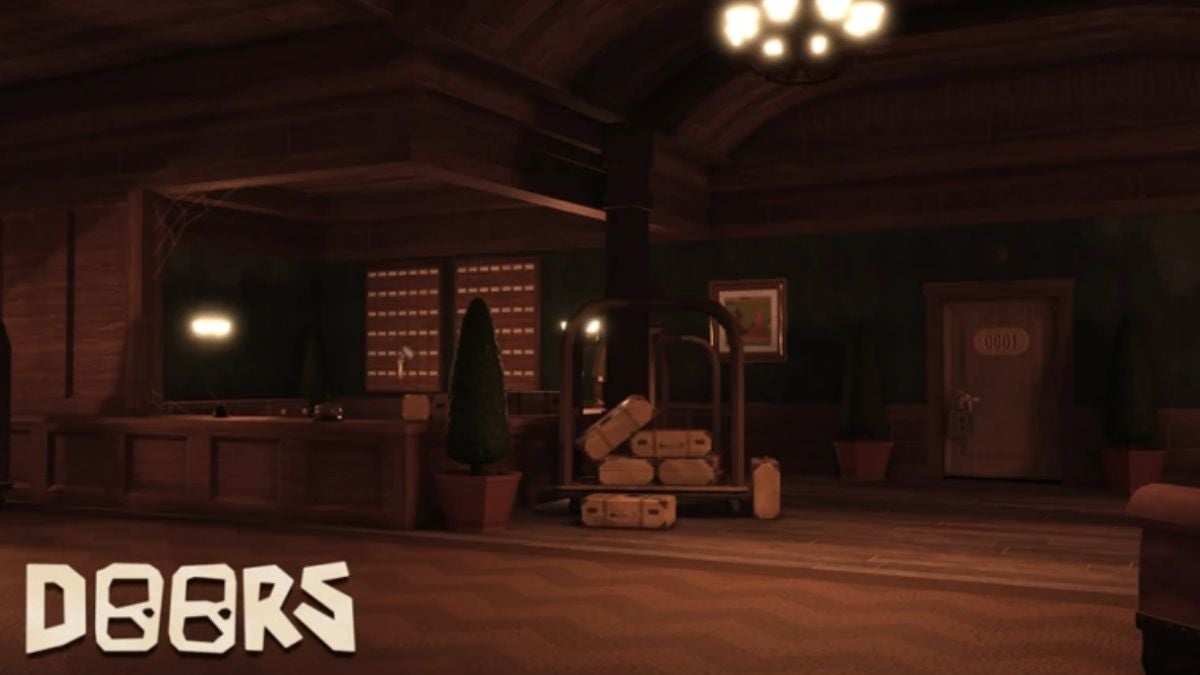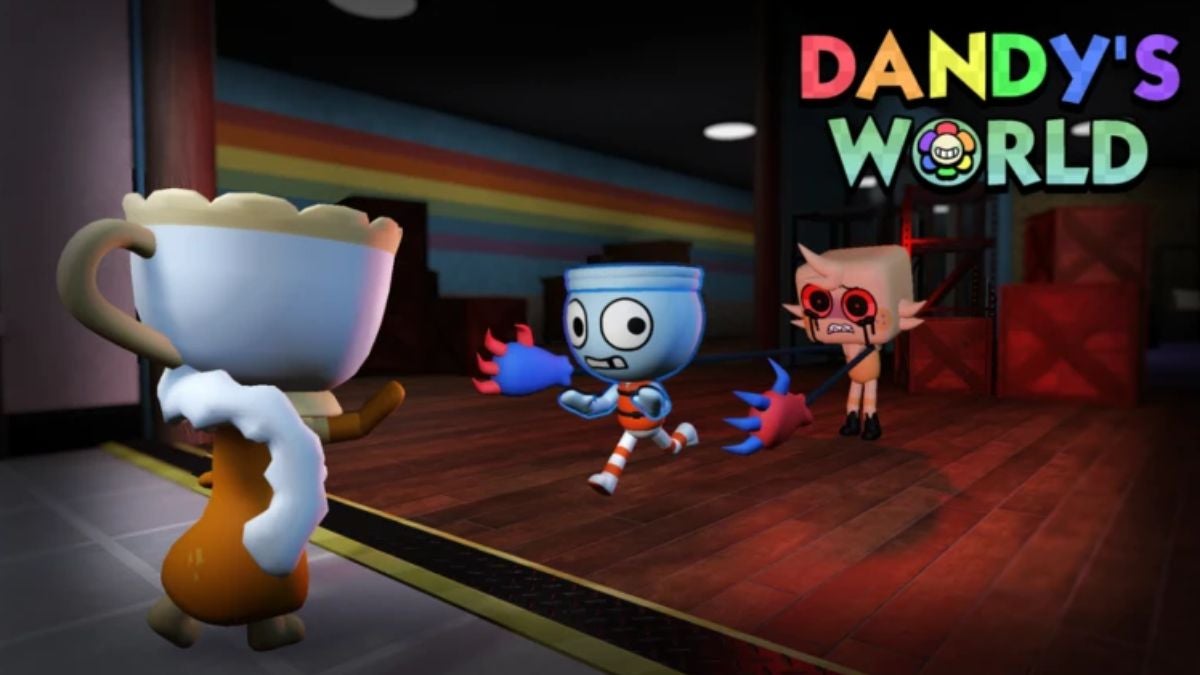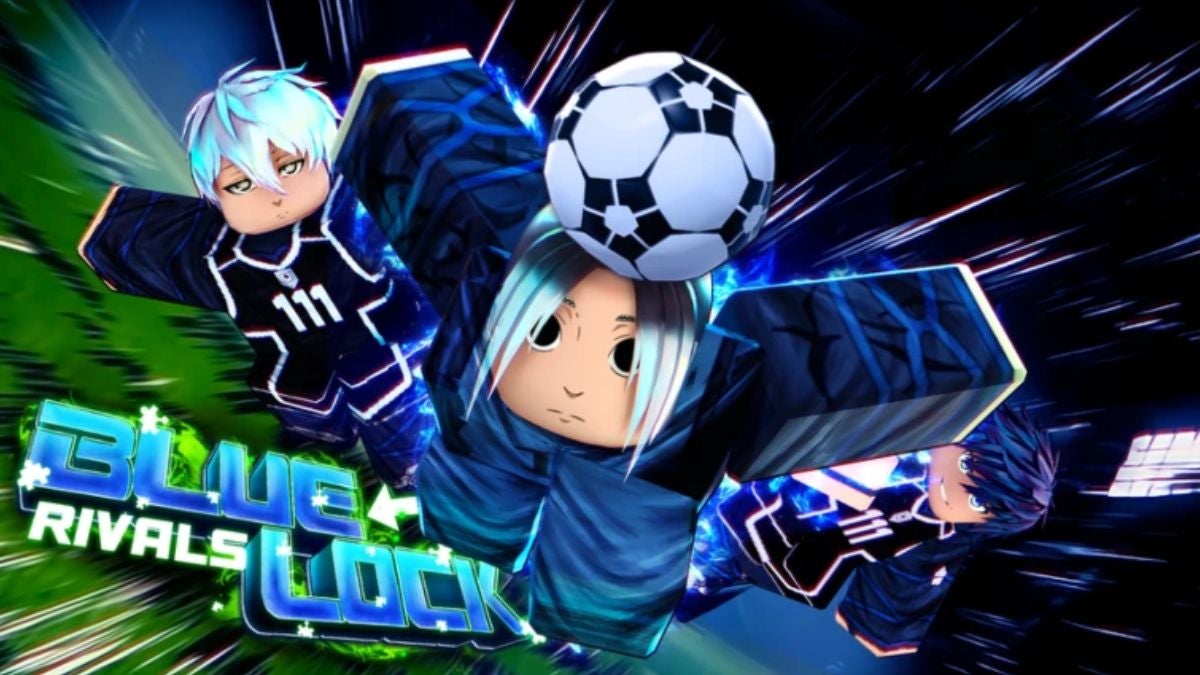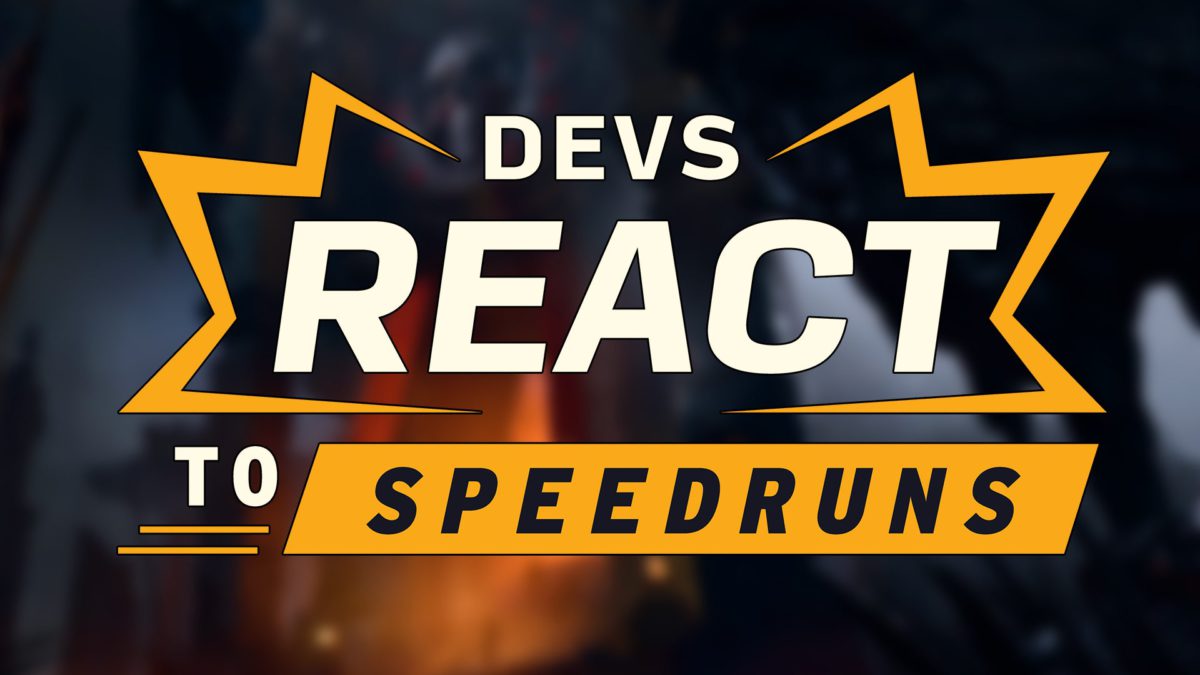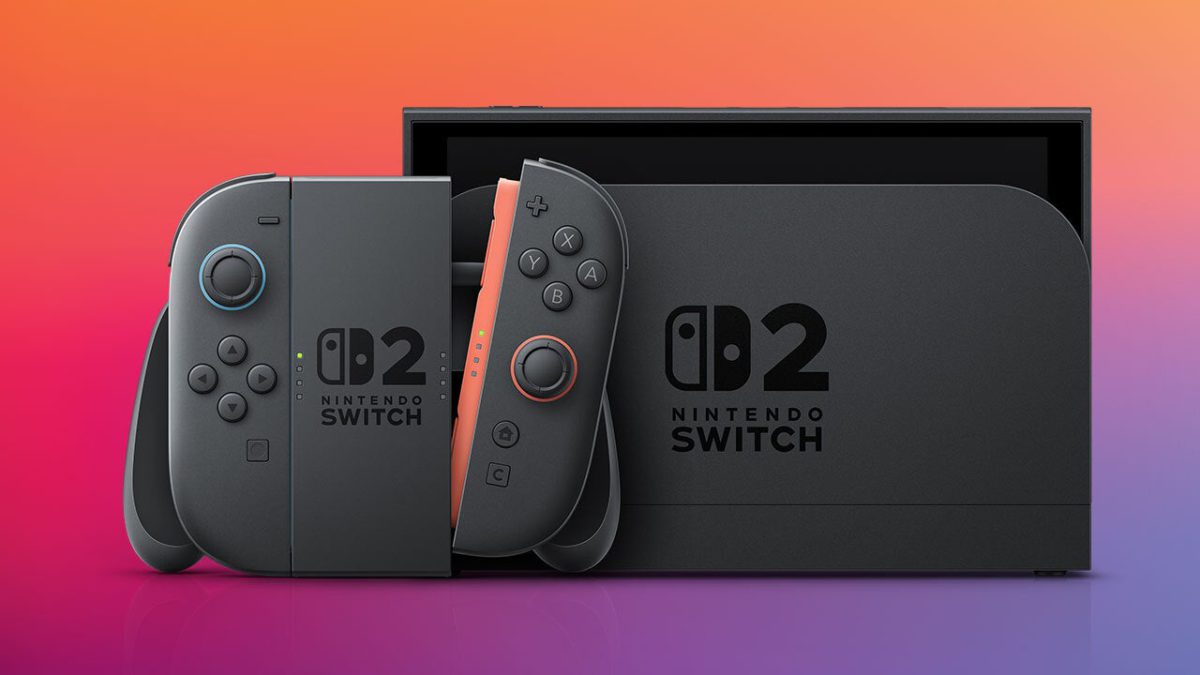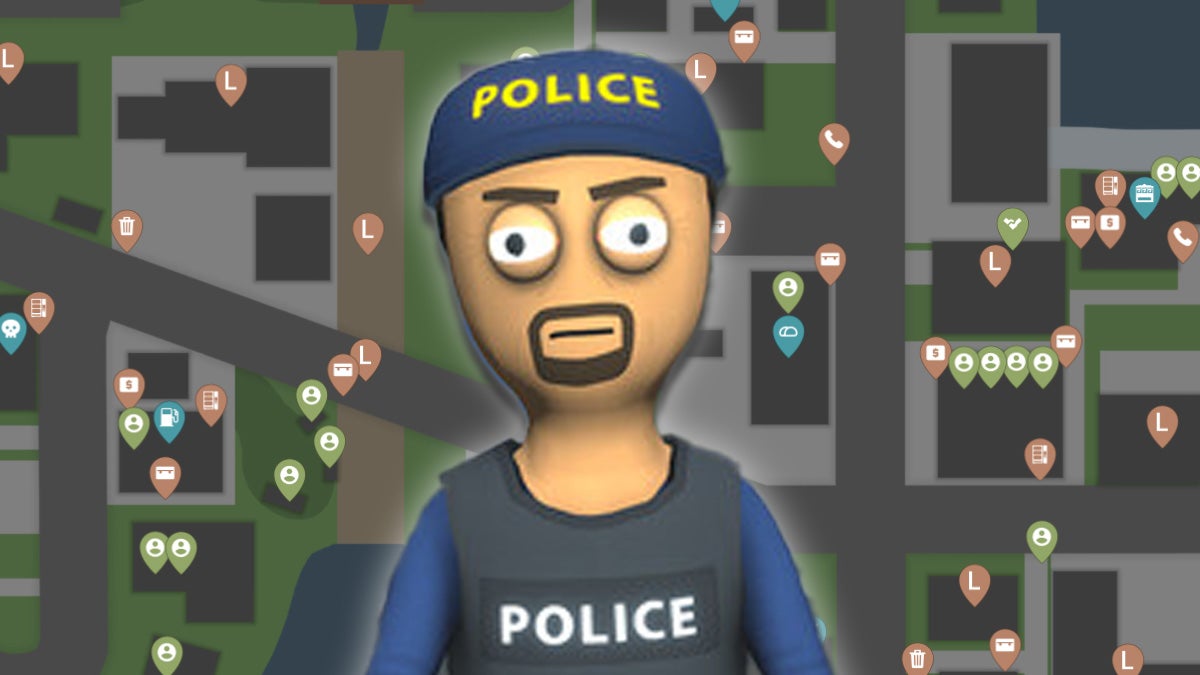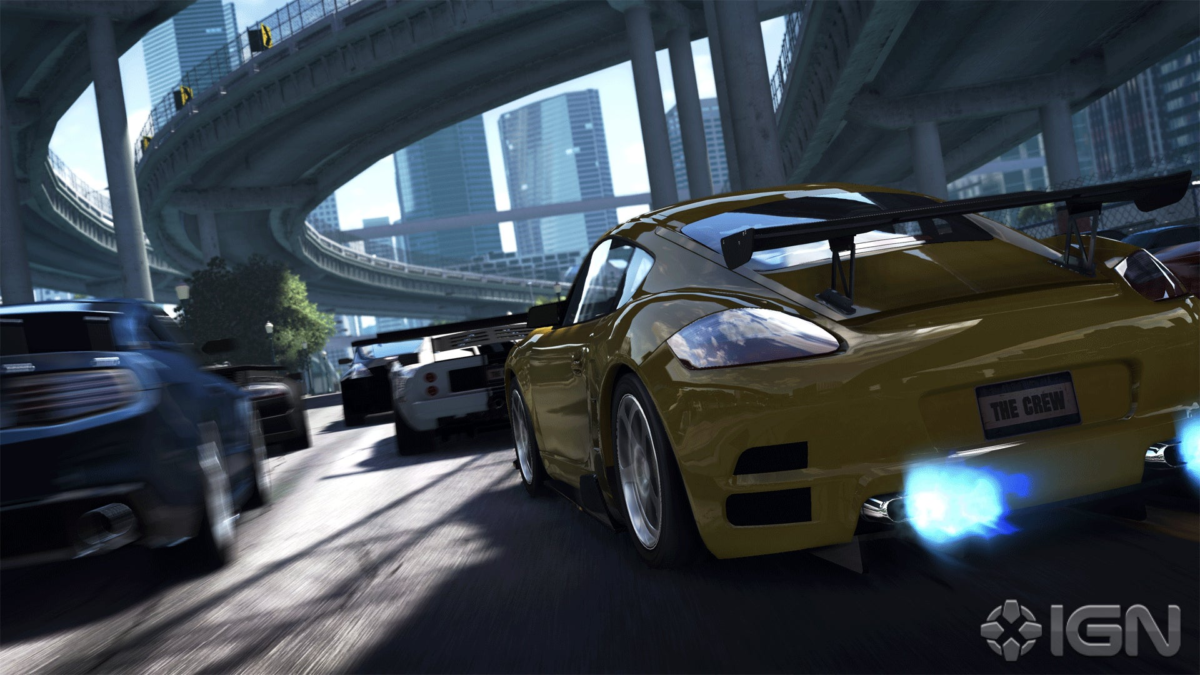
Looking for additional SkyBux to customize and upgrade your airline? This article has you covered! Here you can find a list of all currently active Cabin Crew Simulator codes. Redeem them to boost your SkyBux and spend them on in-flight meals, travel to different destinations, and new aircrafts in Roblox.
Working Cabin Crew Simulator Codes (April 2025)
Here are the currently active Cabin Crew Simulator codes for April 2025 and the rewards you’ll get for redeeming them:
- dubai – 2,500 Skybux (NEW)
- amenity – 2,500 Skybux (NEW)
- candycane – 1,800 Skybux
- trees – 1,500 Skybux
- spooky – 2,000 SkyBux
- london – 1,500 SkyBux
- 200m – 2,000 SkyBux
- ally – 1,200 SkyBux
- gear – 2,000 SkyBux
- myles – 2,000 SkyBux
All Expired Cabin Crew Simulator Codes
The following codes can no longer be redeemed as of April 2025:
- airport
- star
- customize
- decoration
- 100m
- airstairs
- service
- galley
- boba
- jetway
- badge
- snow
- pilot
- landing
- cruising
- captain
- evacuate
- airliner
- mission
- wheelsup
How to Redeem Cabin Crew Simulator Codes
To redeem Cabin Crew Simulator codes, you’ll need to follow these steps:
- Load up Cabin Crew Simulator on Roblox
- Press Play
- Look for the giftbox icon on the left-hand side of the screen
- Paste the code into the box then press enter or the Claim button
Why Isn’t My Cabin Crew Simulator Code Working?
When a Cabin Crew Simulator isn’t working, it’s usually for two reasons. Either the code has expired of it’s a typo. When it’s a typo, it will say “Invalid Code” when you press enter. To avoid typos being an issue, we’d recommend copying the codes directly from this article, then pasting them into the codes box in Cabin Crew Simulator. If a code is no longer redeemable, it will say “Expired” when you hit enter.
How to Get More Cabin Crew Simulator Codes
We’ll keep this article updated each day, but if you want to get Cabin Crew Simulator codes as soon as they drop, you’ll want to follow @CabinCrewRBLX on X. There is also a Discord channel for Cruising Studios, where codes are posted in the Announcements channel.
What is Cabin Crew Simulator in Roblox?
The aim of Cabin Crew Simulator is to create your own successful airline and aircraft. You’ll be thrown into the role of Cabin Crew, who is responsible for making sure passengers enjoy their flights and arrive safely at their destinations.
You’ll need to perform various tasks during flights, from boarding passengers to serving them drinks and snacks, all of which will reward you with SkyBux. The in-game currency will allow you to purchase bigger airplanes, unlock new destinations, upgrade your uniform, and more.
Lauren Harper is a freelance writer and editor who has covered news, reviews, and features for over a decade in various industries. She has contributed to guides at IGN for games including Elden Ring, The Legend of Zelda: Tears of the Kingdom, Starfield, Pikmin 4, and more. With an MA in Victorian Gothic History and Culture, she loves anything that falls under that category. She’s also a huge fan of point-and-click adventures, horror games and films. You can talk to her about your favourites over at @prettyheartache.bsky.social.




